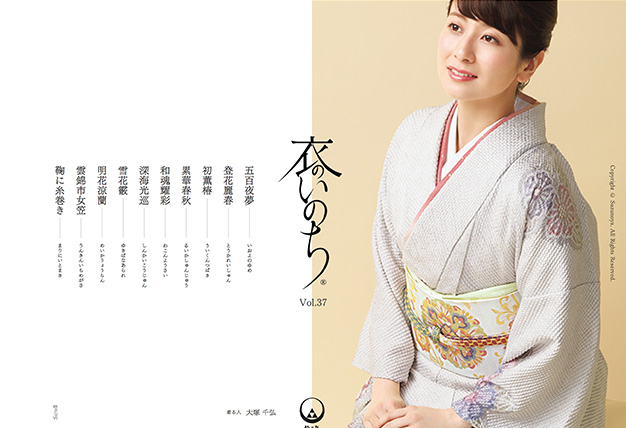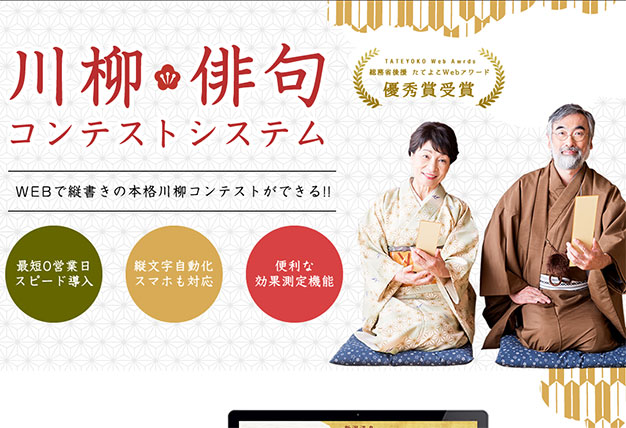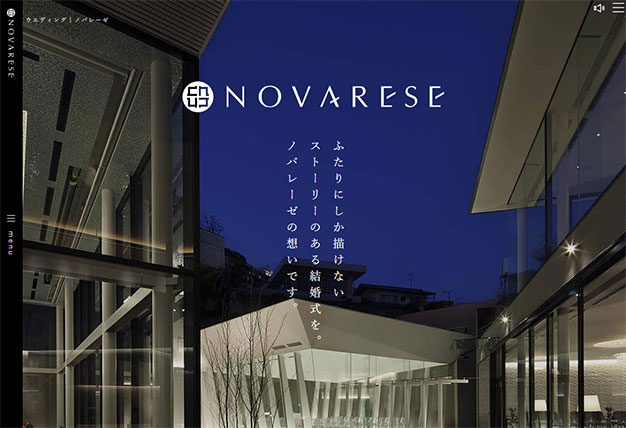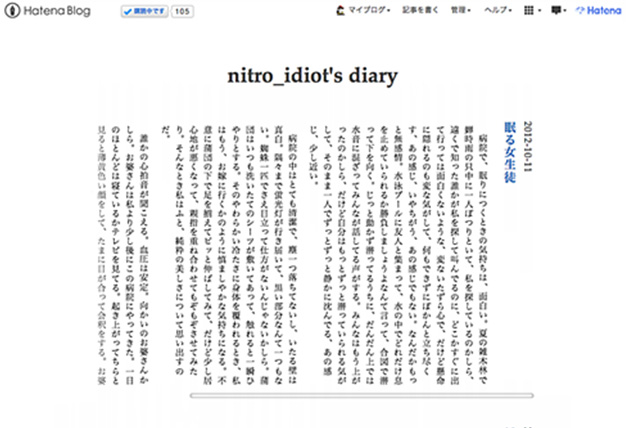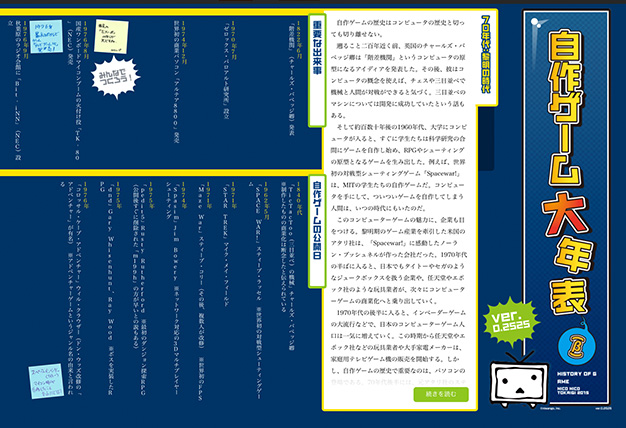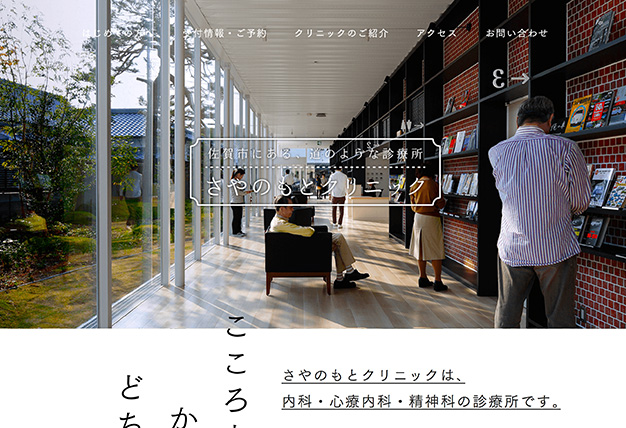日本語の組版において
「縦書きと横書きの選択肢がある」
ということは極めて自然ですが、
世界的にはマイナーな
書字方向でもあります。
一方、東アジアでは
縦書きを利用している国が
一定数あり、横書きの文化圏においても
縦書きを利用するケースが
「珍しい」というほど
少なくないことも事実です。
横書きの文字組が中心だった
Webの世界において、
縦書きの知見を取り込み、
縦と横の文字組を自由に
デザインできるようになることで、
Webデザインは更なる自由と
高い表現の可能性を
獲得できると言えます。
私たち『次世代Webブラウザの
テキストレイアウトに関する
検討会(縦書きWeb普及委員会)』は、
縦書きレイアウトの
国際標準化活動を推進し、
縦書きWebコンテンツの
普及促進に取り組んでいます。
Making Vertical Layouts
A Web Standard
The concept of being able to choose between a horizontal and a vertical layout is one that is completely normal and widely used in Japan, but not so much in other regions.
However, some east Asian countries use vertical writing in their daily life and even countries that normally use horizontal writing sometimes arrange text vertically.
At the moment, expression of ideas on the web is almost always done horizontally, but if the Japanese expertise of using vertical text were to be used more widely and freely along with the currently used horizontal text, freedom of expression of all web-page layouts would greatly increase.
With this goal in mind, Study Group on Text Layout for Next-Generation Web Browsers now pushes for the globalization of the vertical text layout and its use in a variety of web content.
{INFO:2018.10.3 当委員会の活動が、2018年度グッドデザイン賞を受賞しました!2018.2.28 「Webの縦書きをデザインする」を技術解説に追加しました。 }
縦書きとは何か
縦書きとは、文字を列ごとに縦に並べる書字方向で、上から下、下から上に連ね、列を右から左へ順に並べる右縦書き、左から右へ順に並べる左縦書きがあります。古くは、下から上に書いていく言語もあったようですが、現在は一般的には利用されていません。中国語、台湾語、モンゴル語、朝鮮語、日本語など、漢字をルーツにもつ言語圏で縦書きが利用されています。
日本では現在もなお横書きと併用して、上から下、右から左へ文字を並べる縦書きが広く一般的に利用されています。書籍、雑誌、教科書、新聞、コミックなどの出版物をはじめ法律などの政府刊行物、縦型の看板、カタログやパンフレット、その他の広告デザインなど、利用の幅は多岐に渡ります。これは、単に歴史的な慣習として縦書きが慣れているというだけでなく、アイキャッチや文字の強調といったデザイン上の効果を狙って用いられることも多く、その多くは縦書きと横書きの段組みが混在した複雑なレイアウトで表現されます。他にも、名刺、手紙の文章や封筒やハガキの宛名なども縦書きであることが多く、尺八のような日本の伝統的な楽器の楽譜も縦書きです。
日本において縦書きは、文化的な背景だけでなく、文字やレイアウト表現上の効果しても必要とされています。
What is Vertical writing
When we refer to vertical text, we mean the style in which letters or words are arranged in a column. The columns are then read from right to left or from left to right depending on the material. In old times, there were cases where passages were written to be read from the bottom up, but this is not something commonly used nowadays. The vertical style of writing is said to be a feature found in languages that use Chinese characters such as, Chinese, Taiwanese, Korean, Japanese.
Vertical text is used quite often in Japan in novels, magazines, textbooks, newspapers, comics and many other published materials. It is also used in many government publications, on many shop signs, and in many catalogues and pamphlets. Its use in terms of advertising is diverse and this is not only because vertical text is an old custom in Japan, but rather for the fact that it can be used as a way to catch people’s eye and make a strong impression on the reader. This is often done by mixing vertical and horizontal text together and creating a very complicated layout that is full of expression. It is also used quite frequently on meishi, the common Japanese business card, and to write letters or the names needed to send those letters on envelopes. Musical scores for the traditional Japanese flute, the shakuhachi, are also written vertically.
For Japan, vertical text is kept not only as a cultural aspect, but because it works well as a layout to present words in the way the author wants.

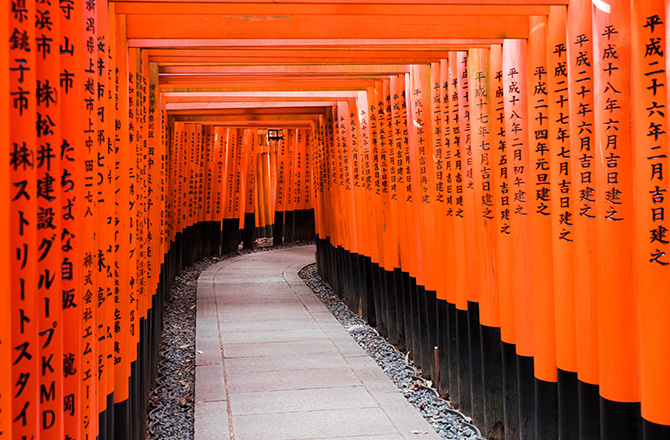
委員会の活動
当委員会は、
電子書籍端末メーカー、
印刷事業社、
通信事業者などの
民間企業等により
構成される組織で、
Webにおける縦書きやルビ等の
日本語固有の表現の実現に関し、
国際標準化や普及促進に関する
活動を行っています。
Webブラウザに関する
国際標準化団体であるW3C
(World Wide Web Consortium)では、
Webページの記述方式である
HTMLやCSS等の標準化作業
が進められていますが、
日本の雑誌や書籍等で表現される
縦書きテキストレイアウトの
表示機能についても
Webブラウザの
基本機能となるよう、
CSS Writing Modes等の
標準化議論が進められています。
次世代Webブラウザの
テキストレイアウトに
関する検討会は、
W3Cによる標準化議論に
日本から貢献を行うとともに、
縦書きレイアウトを利用した
Webコンテンツの普及促進に
取り組んでいます。
- 実態調査活動
- ・Web環境における文字レイアウトの表現方式に関する国際標準化動向等の調査
- ・Web 環境における我が国特有の文字レイアウトの実利用に関する調査
- 普及促進活動
- ・Web環境における我が国特有の文字レイアウトの実利用促進に向けた活動の検討・実施
- ・縦書きにする方法の講習会セミナーの開催
- ・たてよこWebアワード実施
- 標準化に向 けた意見交換会
- ・国際標準化に関する意見交換会の実施
- ・産業界のニーズの国際標準への反映に関する意見交換会
- 標準化推進活動
- ・Web環境における文字レイアウトの表現方式に関し必要要件の取りまとめ
- ・国際標準化団体会合における標準化提案
- ・ブラウザベンダー等の関連するステークホルダーへの情報提供
What we do
We consist members from private enterprises which include but are not limited to those which produce E-book reader, publishing houses, telecommunications companies, etc. Its goal is to explore the ways in which vertical text and its layouts that are particular to the Japanese language are used and to promote the use of CSS as a global standard to express the aforementioned as well as a variety of other layouts.
The international standards commission of the world wide web known as the W3C, or the World Wide Web Consortium, has worked hard to establish the standards used in web-site design as found in programming languages such as HTML and CSS. Discussions of how to use vertical text, as found in Japanese magazines and other forms of literature, and establish it as basic program functionality on web browsers are currently underway.
Study Group on Text Layout for Next-Generation Web Browsers works both to offer its contributions up to the W3C and to promote the use of vertical text in a variety of web content.
- Investigations of web trends
- · Investigation in the trends relating to international standards to determine how text layout is used as a means of expression.
- · Investigation of how and if layouts particular to Japan could be used in the current web environment.
- Discussions and trials
- · Discussions and trials to be held to determine how to put the vertical text layouts that are particular to Japan into practical use.
- · Seminars related to how to program text vertically to be held.
- · WEB AWARDS FOR HORIZONTAL AND VERTICAL WRITINGS
- Meeting
- · Meeting to discuss international standards and opinions surrounding them to be held
- · Meeting to discuss the needs of the industrial world and what effect changing the international standards could have on them.
- Discussion of the current web
- · List of what is required to change the currentinternational standards in regards to text layout and the current expression system to be compiled
- · Proposal in relation to changing the standards to be made to theW3C
- · Data to be submitted to stakeholders with interest in the various browser vendors
たてよこ
webアワード
WEB AWARDS FOR HORIZONTAL AND VERTICAL WRITINGS
CSS Writing Modes による縦書きを使用し、優れた表現、技術、アイディアにより、縦書きの新たな可能性を感じることができるWebサイトを募集、表彰するアワードです。
- 過去のアワード
- たてよこWebアワード2016 →
- 縦書きWebデザインアワード2015→
The Web Awards for Horizontal and Vertical Writings looks for websites created using CSS writing-mode that features vertical text. The sites should use the technique and new ideas showing the possibilities that abound in using vertical text.
技術解説
縦書きをはじめとする日本語レイアウトを実現するための仕様について解説します。
CSS3 Writing Modesの解説
縦書き・横書きの指定、縦中横などの書字方向を扱います。
縦書きに関するCSS Text Decorationの解説
装飾線・圏点・影など、縦書きで多様される装飾などについて。
ルビの解説とマークアップ方法
ルビの種類や、そのマークアップで注意すべき点など。
縦書きレイアウト作成ノウハウ
実際に縦書きレイアウトを作成する際のノウハウを解説します。
CSS Textの仕様解説
行や文字に関する処理を扱います。
縦書きレイアウトとCSSテクニック
たてよこWebアワード2017サイトの制作を事例に解説します。
Webの縦書きをデザインする
縦書きを用いたデザインで気を付けるべき点を解説します。
CSS Writing Modes Overview
mozilla developer networkが提供する最新の技術文書です。
Writing Modesとその周辺のCSSについて解説されています。
OpenType フォントのタイポグラフィ機能
mozilla developer networkが提供する最新の技術文書です。
font-feature-settingsプロパティについて解説されています。
TECHNICAL DESCRIPTION
CSS Writing Modes Level 3
by W3C
CSS Writing Modes
by Mozilla Developer Network
CSS Writing Modes
by Jen Simmons
Response to Writing Modes article
by Jen Simmons
Chinese language on the web
by Chen Hui Jing
A Chinese typography experiment (Speaker: Chen Hui Jing) - Talk.CSS
by Chen Hui Jing
Styling vertical Chinese, Japanese, Korean and Mongolian text (draft!)
by Rechard Ishida

